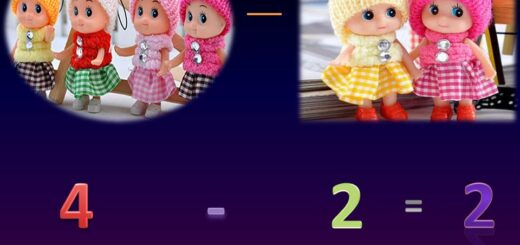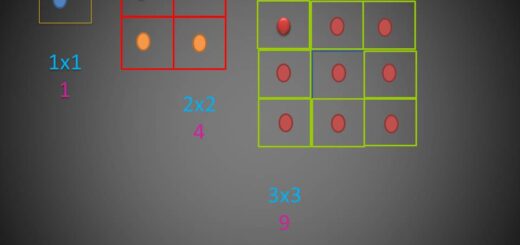The Periodic Table
One of the great triumphs of 20th Century astrophysics, was tracing the elements of your body, of all the elements around us, to the actions of stars—that crucible in the centers of stars that cooked basic elements into heavier elements, light elements into heavy elements. (I say “cooked”—I mean thermonuclear fusion.) The heat brings them together, gets you bigger atoms, that then do other interesting chemical things, fleshing out the contents of the Periodic Table.
— Neil DeGrasse Tyson
From the interview, The Science Studio video series of The Science Network website, episode ‘The Moon, the Tides and why Neil DeGrasse Tyson is Colbert’s God’

Image by ExplorersInternational from Pixabay
The periodic table that hangs in our schools and labs today has a 150 year history. The periodic table is a chart showing all the known elements. It is one of the greatest scientific discoveries ever made which is relevant still today. They are about 118 elements we know about. This table helped us make sense of the matter around us.
Periodic table is a chart that shows relationships between the elements. Like our families show relationship, elements in this chart share similar characteristics. Almost all elements are related. The periodic table tends the fact to comprehend the whole set of elements.
The person who came up with this table was “Dmitri Mendeleev” bonafide science hall-of-famer, But before Mendeleev could classify the elements many other Scientists initiated this process of arranging the elements.
The earliest attempt was made by Antoine Lavoisierr (1743 – 1794). He classified the elements based on physical properties.
Next comes Johann Wolfgang Dobereiner (1780 – 1849), he tried to arrange the lemets with similar properties into groups, each group




























